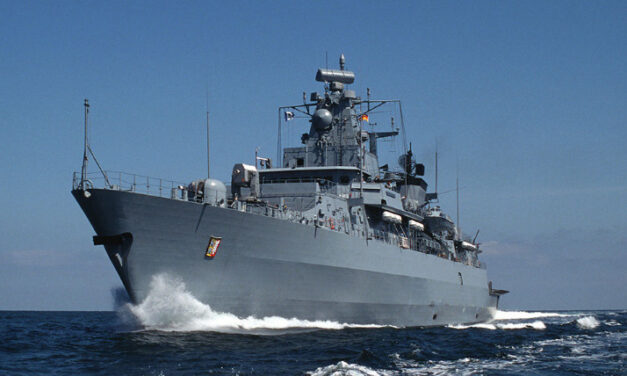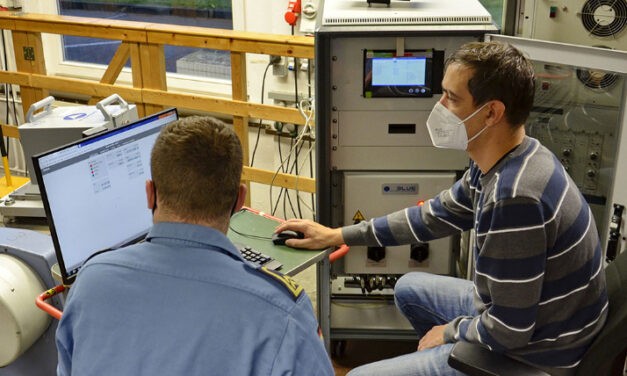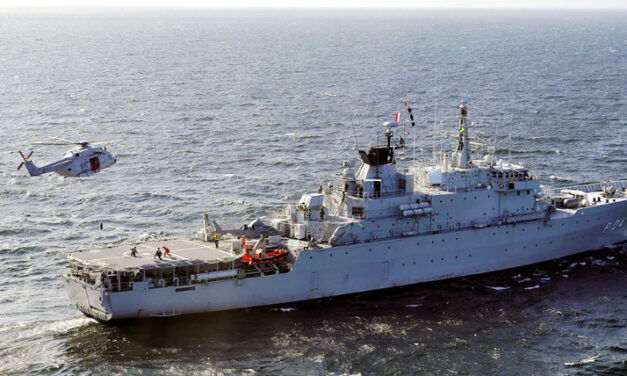Erster deutscher RBS 15-Schuss gegen Landziel
Der Lenkflugkörper RBS 15 Mk 3 ist zusammen mit seiner Waffenplattform, den Korvetten der Klasse 130, seit 2008 in den deutschen Seestreitkräften im Dienst. Er wird aufgrund des vergleichsweise großen Gewichts seines Gefechtskopfs als schwerer Seezielflugkörper klassifiziert. Eingesetzt werden kann er sowohl gegen See- als auch gegen Landziele, beispielsweise gegen militärische Infrastruktur oder Raketenabschussfahrzeuge. Hierbei werden die Zieldaten in der Regel nicht durch die schiffseigenen Sensoren der Korvetten, sondern durch andere Quellen, als Spotter eingesetzte Kräfte an Land oder die auf Korvetten eingesetzte Drohne Sea Falcon, geliefert. Bislang hatten die Korvetten den schweren Seezielflugkörper nur gegen Seeziele verschossen. Nun...
Read More






Recent Comments